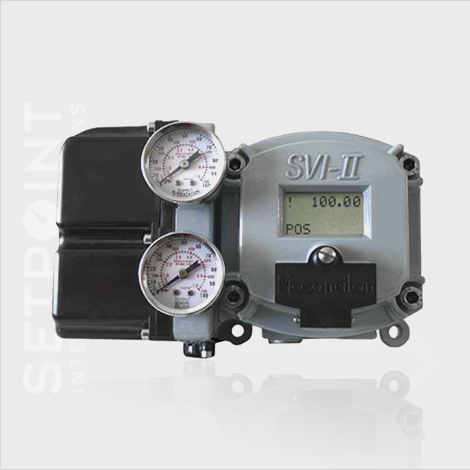Why Is Technology Important For Detecting Valve Performance Issues?
Technologies used to detect valve performance issues can be divided into two categories: “direct” technologies that are determinative for the type of problem detected and “indirect” technologies that infer a problem based on indirect measurements or peripheral symptoms. Each category includes tools that can detect problems without disturbing operation of the control valve (“real-time” tools) and those that are intrusive and cannot be used while the process is running (“offline” tools).
The ideal choice, of course, is a technology that is direct and real-time – able to detect problems determinatively during normal process operation. Vibration monitors and acoustic sensors are two such tools. Monitoring vibration of a control valve can flag mechanical problems related to the stem and plug. Acoustic sensors can uncover such issues as cavitation, flashing and leakage to atmosphere. These technologies are costly, however, and highly specialized training and extensive experience are required to correctly interpret the data they provide. As a result, implementing them on a permanent basis is impractical for most facilities.
Digital Valve Positioners (DVPs), however, are an effective, budget-friendly and easily implemented direct/online tool. They have become the dominant brain of control valves and therefore, already found in many facilities. The built-in sensors (input signal, position, pressure and temperature) combined with analytical software measure operating performance and will detect performance problems. Their ability to capture and trend historical runtime data also provides leading indicators of valve performance degradation.
DVPs can help detect a wide variety of common control valve performance problems, including shutoff of upstream pressure, damage of internal parts from cavitation and flashing phenomena, fluid leakage to the atmosphere, high friction, actuator spring failure, air leaks from tubing or the actuator diaphragm, positioner contamination and positioner feedback.



